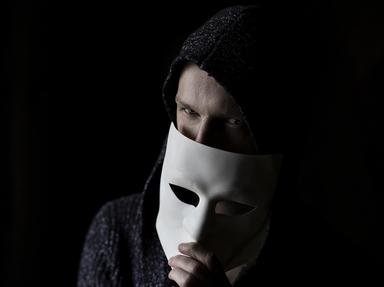Quiz Answer Key and Fun Facts
1. A significant portion of the "Protocols" was plagiarized from another work, albeit one of a very different nature.
2. In what country were the "Protocols" first published in 1905?
3. In what location did the meeting of "elders", which the work purports to document, supposedly take place?
4. In one of the Protocols (#11), the "Jewish elders" compare themselves to one of these species of animals. Which?
5. In 1921, the "Protocols" were definitively exposed as a forgery in a series of newspaper articles by a prominent journalist. In which country did this take place?
6. Unfortunately, the exposure of the "Protocols" as a forgery did not lessen their impact or have much effect on those who chose to believe them. Which of these twentieth century dictators wrote that the official exposure of the "Protocols" as a forgery was "... the best proof that they are authentic."
7. In the 1920s, the "Protocols" came to the U.S. They were published in a series of newspaper articles by a prominent American businessman and inventor; who was he?
8. The "Protocols" are well known in this Asian country, to which a number of Jews emigrated from Europe during the Holocaust. Interestingly, a significant number of the country's citizens who believe in the work's authenticity regard it (and, consequently, the Jews) with admiration rather than abhorrence. What country is this?
9. Although the "Protocols" are by now largely discredited in the U.S. and Europe, the ongoing Arab-Israeli conflict in the Middle East has created a new audience there for the notorious document. Which country's television network has aired a dramatic series using the "Protocols" (presented as an authentic Jewish document) as a major plot device?
10. On June 21, 2004, members of the Organization of the Islamic Conference gathered to hear one of the most rabidly anti-Semitic speeches made by a world leader in recent years. Copies of a book entitled "The International Jew", which contains the text of the "Protocols", were passed out during this rally. What country's Prime Minister delivered this speech?
Source: Author
jouen58
This quiz was reviewed by FunTrivia editor
bloomsby before going online.
Any errors found in FunTrivia content are routinely corrected through our feedback system.
